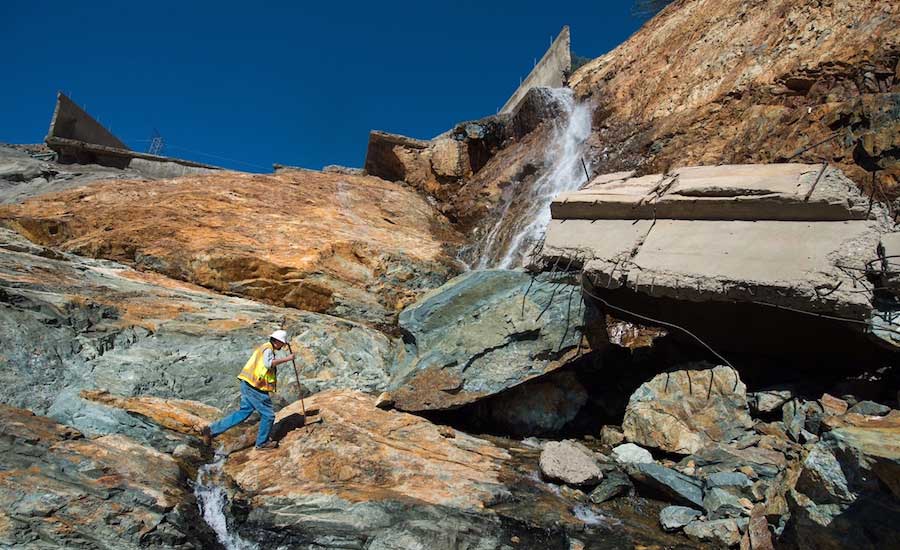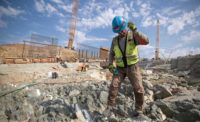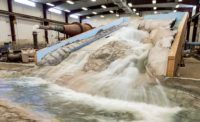An independent forensics team cited thinning concrete and lack of reinforcement as possible causes of a spillway failure in February at California’s massive Oroville Dam.
The appearance of a 40-ft hole in the main chute of the nation’s tallest dam led to problems at two other outlets and forced the state’s Dept. of Water Resources to call for the evacuation of almost 200,000 people.
On May 10, the agency posted a memo from an independent forensics team that listed possible reasons for the failure. The dam’s overly large slab placement that could have led to the cracking were caused by design flaws when the dam was built 50 years ago, according to the report.
Other issues, such as clogged drains due to tree roots, insufficient slab repairs and an increase in spillway discharge shortly before the slab failure, were linked to maintenance and operations.
The report also noted the extended drought could have shrunk the soil under an already poorly bonded foundation. Cavitation was deemed to not be a significant factor.
The emergency spillway—an unlined hillside—was put into service for the first time in the dam’s history during the February storm and within hours started to show signs of erosion. The report noted the loose soil that led to headcutting in the crest control structure, insufficient energy dissipation at the base of the spillway and absence of erosion protection downstream of the crest structure.
Bill Croyle, DWR acting director, said while plans call for improving the emergency spillway, the goal is to increase the safe flow level from the main outlet so the alternative release never has to be used again.
The preliminary findings will be “taken into consideration” as the agency develops plans to reconstruct the spillway before November, says Croyle. A final forensics report will not be complete until the fall.
A $275 million recovery contract was awarded to Kiewit in April. The agency faced calls from residents and politicians to release the entire forensics report after it did not release details about the contract due to security concerns.
The independent forensics team includes six experts from the private and government sectors and academia.



